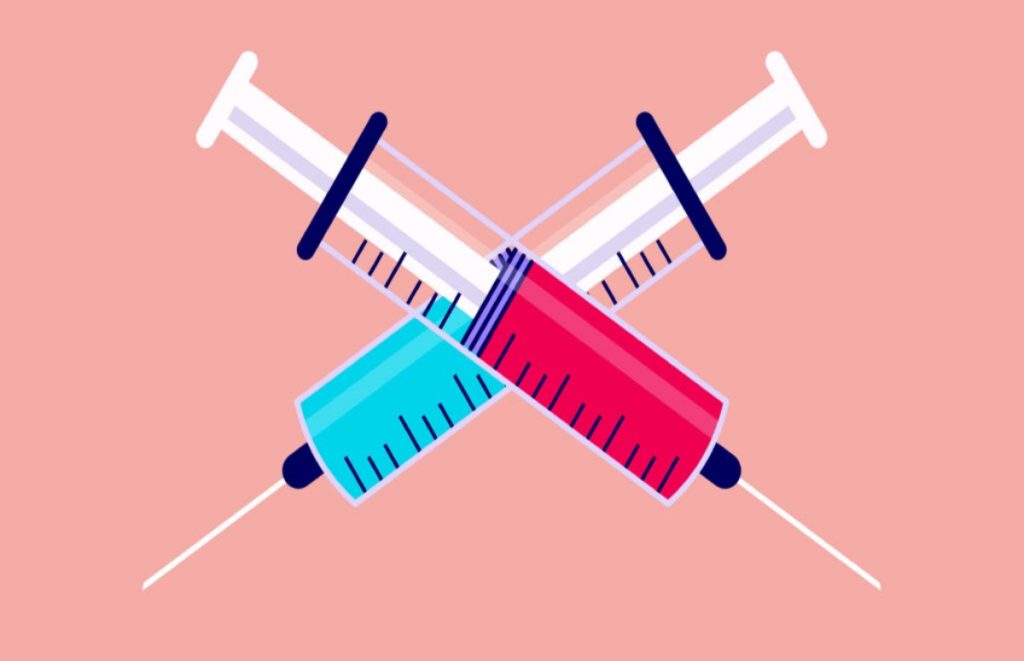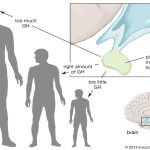In the most simplified terms, a vaccine is a biological preparation that provides active acquired immunity against a certain disease. Usually a vaccine consists of a biological agent that represents the disease-causing microorganism. It is often made from a weakened or killed form of the microorganism, its toxins or one of its surface protein antigens. The first successfully case of vaccination was performed by Edward Jenner in 1796. He was the first to observe that individuals who caught cowpox, did not contract smallpox even when coming in direct contact with the disease1. An individual that has been vaccinated produces antibodies against the protein antigen that protect him/her from contracting the disease upon attack from the pathogenic microorganism.
What are the approaches for Vaccine Development?
Scientists take many approaches to design vaccines against a pathogenic microorganism. These choices are dictated by the nature of pathogen and the infection as well as practical considerations about the use of the vaccine. Some of the options include live attenuated vaccines, inactivated vaccines, DNA vaccines and recombinant subunit vaccines. See schematic below for an overview of the various approaches used to make a vaccine. This technical note discusses the basics of research and production of recombinant vaccines.

Figure 1: Various approaches for Vaccine Development


